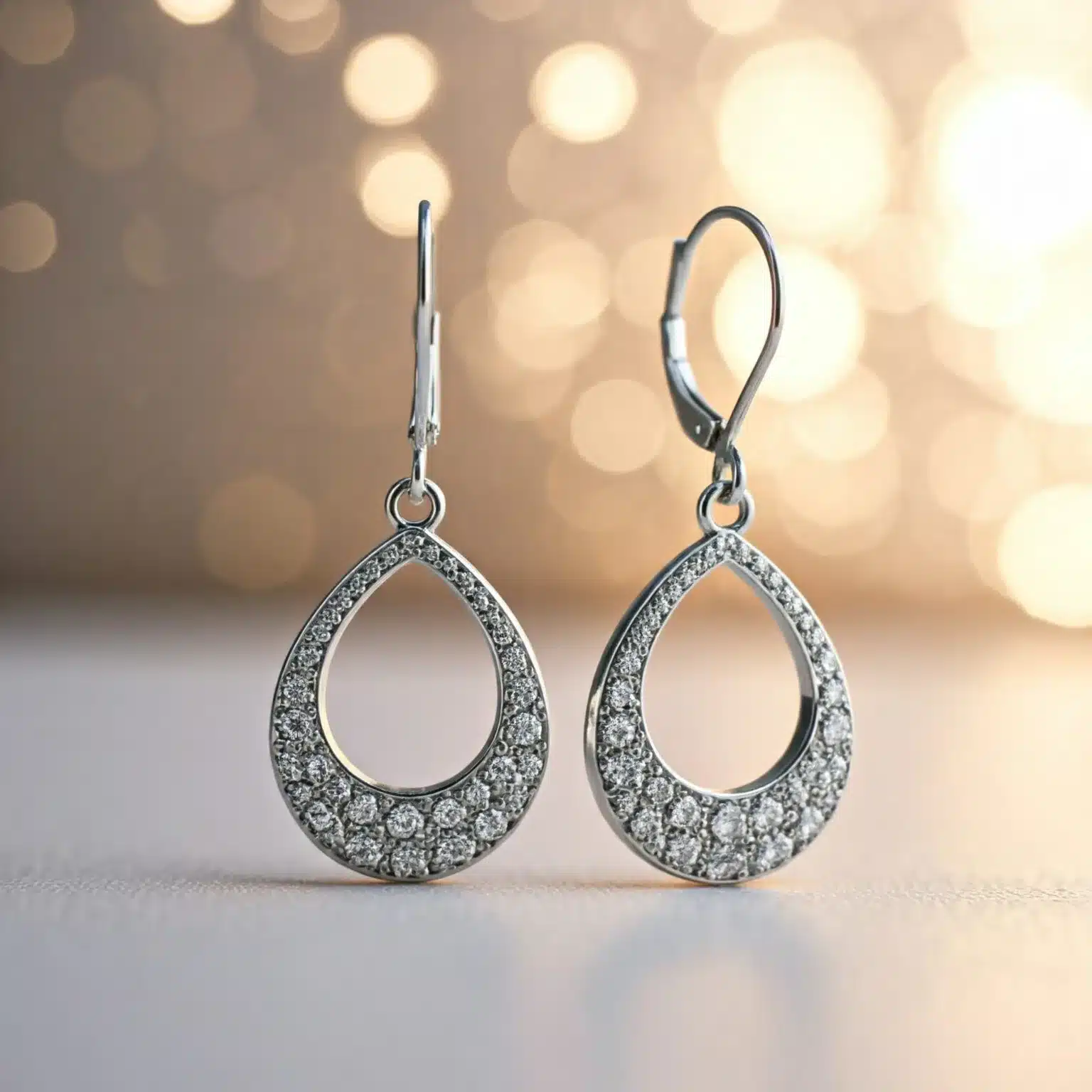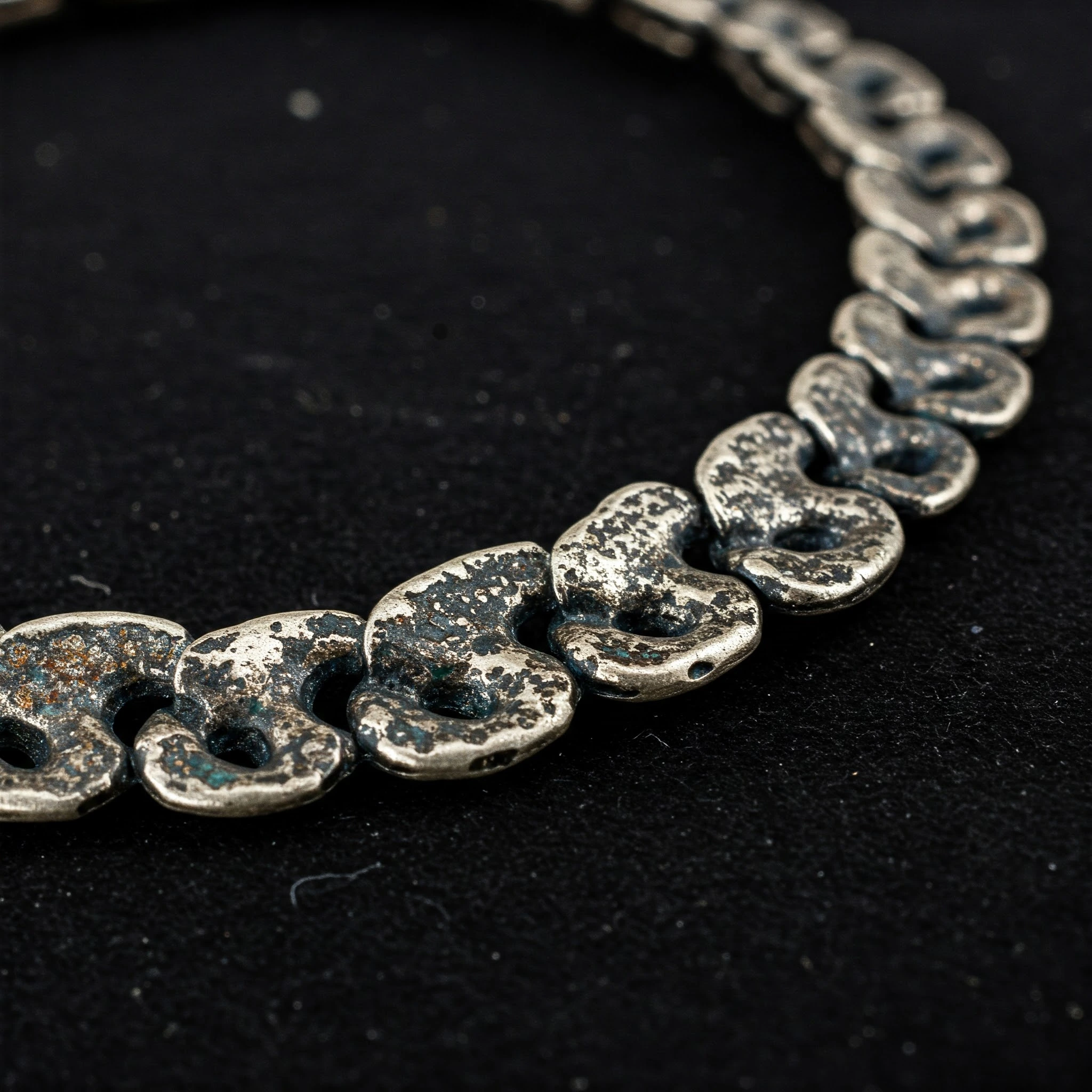Silver Jewelry and Water: What You Need to Know

Silver jewelry is a cherished accessory, celebrated for its beauty and versatility. Whether you’re swimming at the beach, enjoying a pool day, or simply washing your hands, it’s natural to wonder whether it’s safe to wear silver in water. This guide will provide you with everything you need to know about wearing silver jewelry in water, its effects, maintenance tips, and much more to help you keep your silver pieces looking their best.
Key Takeaways
- Sterling Silver Is More Durable: If you plan to wear your silver jewelry in water, choose sterling silver over fine silver, as it’s more resilient to water exposure.
- Avoid Prolonged Exposure to Chlorinated and Saltwater: Swimming in chlorinated pools and saltwater can cause tarnishing and corrosion over time. Always rinse your jewelry with fresh water afterward.
- Remove Jewelry During High Water Exposure: For activities like swimming or washing dishes, it’s best to remove your jewelry to prevent damage.
- Regular Care Is Crucial: Clean your jewelry regularly with a polishing cloth, store it in anti-tarnish pouches, and avoid prolonged moisture exposure to keep it looking its best.
Understanding Silver Jewelry
Types of Silver
Before diving into the specifics of water exposure, it’s important to understand the different types of silver used in jewelry:
- Pure Silver (Fine Silver): Comprising 99.9% silver, fine silver is softer and less commonly used for jewelry. It’s prone to scratches and is not ideal for everyday wear, with a hardness rating of 2.5-3 on the Mohs scale.
- Sterling Silver: Made up of 92.5% silver and 7.5% other metals (usually copper), sterling silver is more durable and widely used in jewelry making. It retains its shine and structural integrity better than pure silver. Sterling silver has a hardness rating of 3-4 on the Mohs scale, making it more resistant to scratching and wear.
- Coatings and Finishes: Some silver jewelry is plated with materials like rhodium to enhance its shine and protect against tarnishing. However, these coatings can wear off over time, especially when exposed to water and chemicals.
Can You Wear Silver Jewelry in Water?
General Guidelines
The short answer is: yes, you can wear silver jewelry in water, but with some important considerations:
- Chlorinated Water: Water from swimming pools contains chlorine, which can cause tarnishing and deterioration of silver jewelry. Prolonged exposure can weaken silver’s surface. According to a study by the Journal of Applied Chemistry, chlorine is a known contributor to the tarnishing of metals, especially silver, accelerating the oxidation process.
- Saltwater: Saltwater, found in oceans and seas, can lead to corrosion and tarnishing over time. Corrosion Science research confirms that saltwater exposure can rapidly degrade silver due to its high salt content. It’s best to rinse your jewelry with fresh water after swimming in saltwater to prevent lasting damage.
- Freshwater: Swimming in lakes or rivers is generally safe for silver jewelry. However, it’s still a good idea to rinse and dry your jewelry afterward to avoid tarnish from natural minerals or impurities in the water.
Key Factors to Consider
- Type of Silver: Sterling silver is more resilient to water exposure than fine silver, making it a better option for occasional water exposure. A study by the British Society of Metallurgy found that sterling silver alloys have improved resistance to corrosion compared to pure silver.
- Jewelry Design: Simpler designs with fewer stones or intricate details are less likely to suffer damage compared to elaborate pieces. Pieces with gemstones may be more prone to water damage, as certain stones can be affected by water, causing them to become loose or discolored.
Best Practices for Wearing Silver Jewelry in Water
1. Choose Wisely
When selecting silver jewelry to wear in water, follow these tips:
- Opt for Sterling Silver: Sterling silver is more durable and better suited for everyday wear, including occasional exposure to water.
- Avoid Delicate Pieces: Intricate designs or pieces with stones and embellishments are more likely to be damaged by prolonged water exposure.
2. Limit Exposure
To protect your silver jewelry:
- Remove Before Swimming: If possible, take off your jewelry before swimming in chlorinated or saltwater to prevent damage. According to experts at the GIA (Gemological Institute of America), even brief exposure to chlorinated water can dull the shine of silver over time.
- Avoid High Water Exposure: Tasks like washing dishes, gardening, or any activity that exposes jewelry to chemicals or excessive moisture can cause tarnishing over time.
3. Post-Water Care
After your jewelry has been exposed to water, follow these maintenance tips:
- Rinse with Fresh Water: After swimming in saltwater or chlorinated water, rinse your jewelry with fresh water to remove any harmful residues. This step can help to reduce tarnishing by up to 40%, according to findings published by the International Jewelry Review.
- Dry Thoroughly: Use a soft, lint-free cloth to dry your jewelry completely. This prevents moisture from causing tarnish or corrosion.
Maintaining the Luster of Silver Jewelry
To keep your silver jewelry looking new and shiny, proper care is essential.
1. Regular Cleaning
Regular cleaning can prevent tarnish and keep your jewelry in great condition:
- Polishing Cloth: Use a special silver polishing cloth to buff away tarnish regularly. A study published by Jewelers Quarterly recommends polishing silver once every two weeks to keep it looking its best.
- Mild Soapy Water: For deeper cleaning, mix mild soap with water and use a soft brush to clean your jewelry. Be extra cautious with gemstones or intricate designs. Experts recommend using a pH-neutral soap to avoid damage to the silver or stones.
2. Proper Storage
When not in use, store your silver jewelry properly to prevent tarnishing:
- Anti-Tarnish Pouches: These pouches help keep moisture at bay and prevent tarnishing. According to The Jewelry Institute, anti-tarnish pouches can reduce tarnish formation by up to 50%.
- Avoid Air Exposure: Store your jewelry in a closed jewelry box or container to minimize exposure to air, which can cause tarnish.
3. Professional Cleaning
If your jewelry has become heavily tarnished or has intricate designs that are difficult to clean, consider professional cleaning. Jewelers have specialized tools and expertise to restore your pieces without causing damage. Experts recommend professional cleaning every 1-2 years for heavily worn or tarnished pieces.
The Benefits of Wearing Silver Jewelry
1. Timeless Versatility
Silver jewelry complements a wide range of outfits, making it suitable for any occasion—from casual outings to formal events. Its versatility means it pairs well with almost every color and style. According to the Fashion Jewelry Association, silver continues to be one of the most popular choices in global jewelry markets.
2. Health Benefits
Silver is believed to have natural antimicrobial properties, which may be beneficial for skin health. Some people find that wearing silver jewelry helps with minor skin irritations and offers soothing benefits. According to a study by the National Institute of Health, silver has been used for centuries for its purported antibacterial properties.
Frequently Asked Questions (FAQs)
-
Is it safe to wear silver jewelry while swimming? Yes, but avoid prolonged exposure to chlorinated or saltwater. Always rinse your jewelry afterward.
-
How can I prevent my silver jewelry from tarnishing? Regular cleaning, proper storage, and minimizing exposure to moisture and chemicals will help prevent tarnishing.
-
Can I wear silver jewelry while showering? It’s generally safe to wear silver jewelry in the shower, but frequent exposure to soap and shampoo may lead to tarnish. It’s best to remove your jewelry when possible.
-
How do I clean heavily tarnished silver jewelry? Use a silver polish designed for jewelry, or consider professional cleaning if the tarnish is extensive.
-
What should I do if my silver jewelry gets wet? Rinse it with fresh water, dry it thoroughly with a soft cloth, and store it in a cool, dry place to prevent tarnishing.
Also Check:
Related Blog
Silver jewellery and household items have long been prized for their beauty, elegance, and value.
Jewelry has always been a prominent way for individuals to express themselves, with rings being
Silver has been revered for centuries due to its beauty, durability, and versatility. Among the



